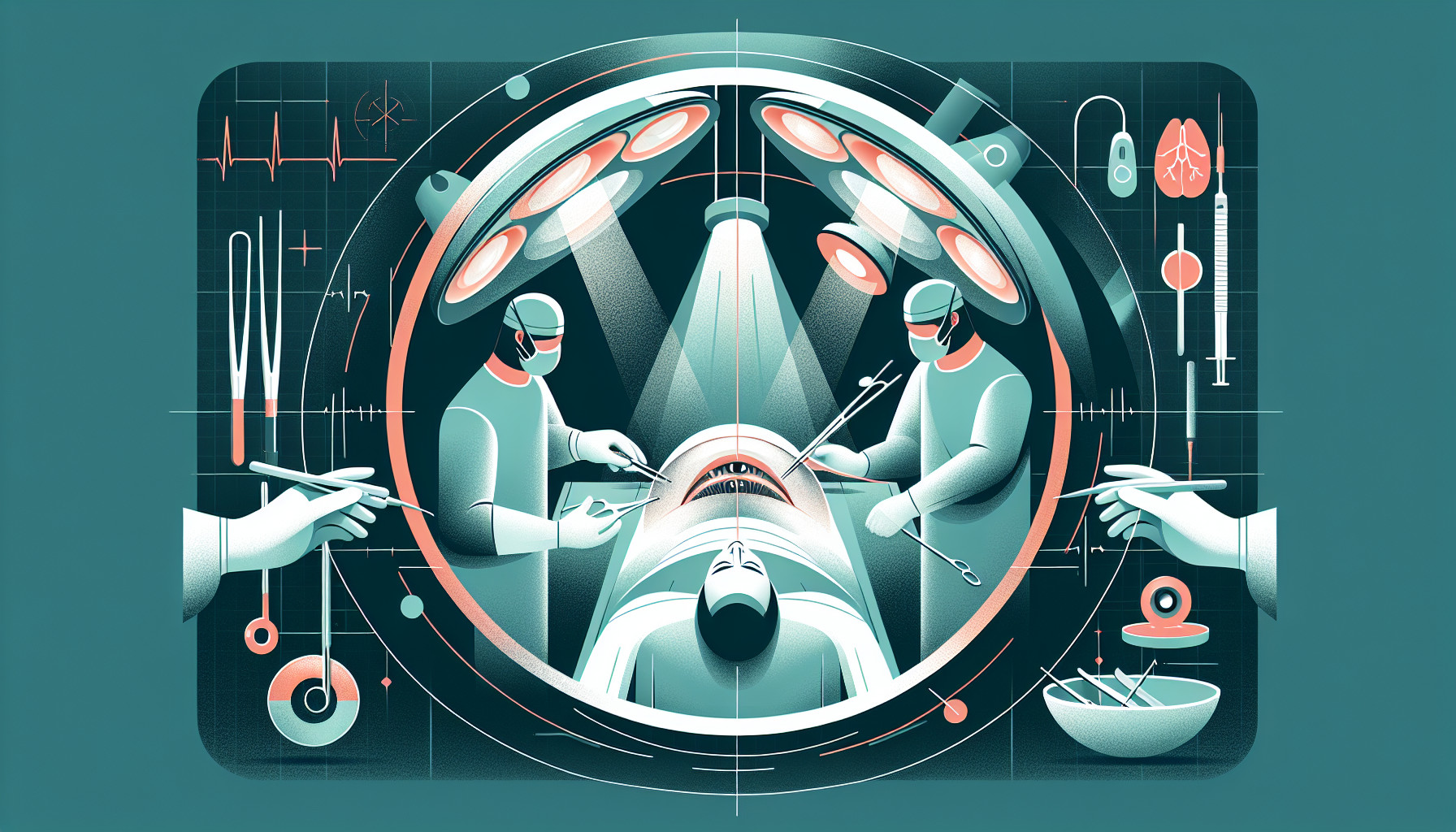Our Summary
This paper discusses cataracts, a condition affecting the eyes that currently impacts an estimated 95 million people globally. Cataracts are the top cause of blindness in countries with lower and middle incomes. However, improvements in surgical techniques and technology have made cataract surgery safer and more effective, with most patients experiencing quick visual improvement and very few complications.
Advancements in the technology used to make intraocular lenses (these are artificial lenses placed in the eye during surgery) now allow for the simultaneous treatment of cataracts and other eye conditions like astigmatism and presbyopia.
The paper also notes that cataracts in children are different from those that develop with age and need a different approach for treatment and post-surgery care. The success of such treatment depends on multiple factors, including post-surgery visual rehabilitation.
The authors conclude by suggesting that future efforts should focus on making cataract surgery more accessible and improving its quality in developing countries. New developments in the field will continue to offer better outcomes for patients, both in terms of vision improvement and overall patient satisfaction.
FAQs
- What advancements have been made in cataract surgery technology and techniques?
- How does the treatment of pediatric cataracts differ from that of age-related cataracts?
- What are the current focuses for future work in cataract surgery?
Doctor’s Tip
One helpful tip a doctor might tell a patient about cataract surgery is to follow all pre-operative instructions carefully, such as avoiding eating or drinking before the surgery and taking any prescribed medications as directed. It is also important to have someone available to drive you home after the surgery and to follow all post-operative care instructions, including using any prescribed eye drops and attending follow-up appointments. Additionally, it is important to protect your eyes from bright lights and wear sunglasses during the healing process.
Suitable For
Typically, patients recommended for cataract surgery include those with:
- Significant visual impairment that affects their daily activities and quality of life
- Cataracts that are causing difficulty with activities such as reading, driving, or watching television
- Cataracts that are causing glare or halos around lights
- Cataracts that are affecting the patient’s ability to perform their job or other important tasks
- Patients with other eye conditions that are being worsened by the presence of cataracts, such as age-related macular degeneration or diabetic retinopathy
It is important for patients to undergo a comprehensive eye examination by an ophthalmologist to determine if cataract surgery is the best course of action for their specific situation.
Timeline
Before cataract surgery, a patient may experience symptoms such as blurry vision, glare, difficulty seeing in low light, and colors appearing faded. The patient will undergo a comprehensive eye exam by an ophthalmologist to determine the severity of the cataract and the best course of treatment. The surgeon will discuss the different types of intraocular lenses available and any potential risks or complications associated with surgery.
After cataract surgery, the patient will experience improved vision within a few days to weeks as the eye heals. The patient will need to use prescription eye drops to prevent infection and inflammation, and may need to wear a protective shield at night to prevent rubbing or pressure on the eye. The surgeon will schedule follow-up appointments to monitor the healing process and adjust any medications as needed. The patient may also need to undergo vision therapy or use glasses to achieve the best visual outcome. Overall, cataract surgery has a high success rate and can significantly improve the patient’s quality of life.
What to Ask Your Doctor
- What are the potential risks and complications associated with cataract surgery?
- What type of anesthesia will be used during the surgery?
- How long will the surgery take and what is the recovery time?
- Will I need to wear glasses or contact lenses after the surgery?
- Are there any restrictions on activities or medications before or after the surgery?
- What type of intraocular lens (IOL) will be used and how will it affect my vision?
- Will I need additional treatments or follow-up appointments after the surgery?
- How successful is cataract surgery in improving vision?
- How does cataract surgery differ in pediatric patients compared to adults?
- What are the options for addressing astigmatism or presbyopia during cataract surgery?
Reference
Authors: Liu YC, Wilkins M, Kim T, Malyugin B, Mehta JS. Journal: Lancet. 2017 Aug 5;390(10094):600-612. doi: 10.1016/S0140-6736(17)30544-5. Epub 2017 Feb 25. PMID: 28242111
